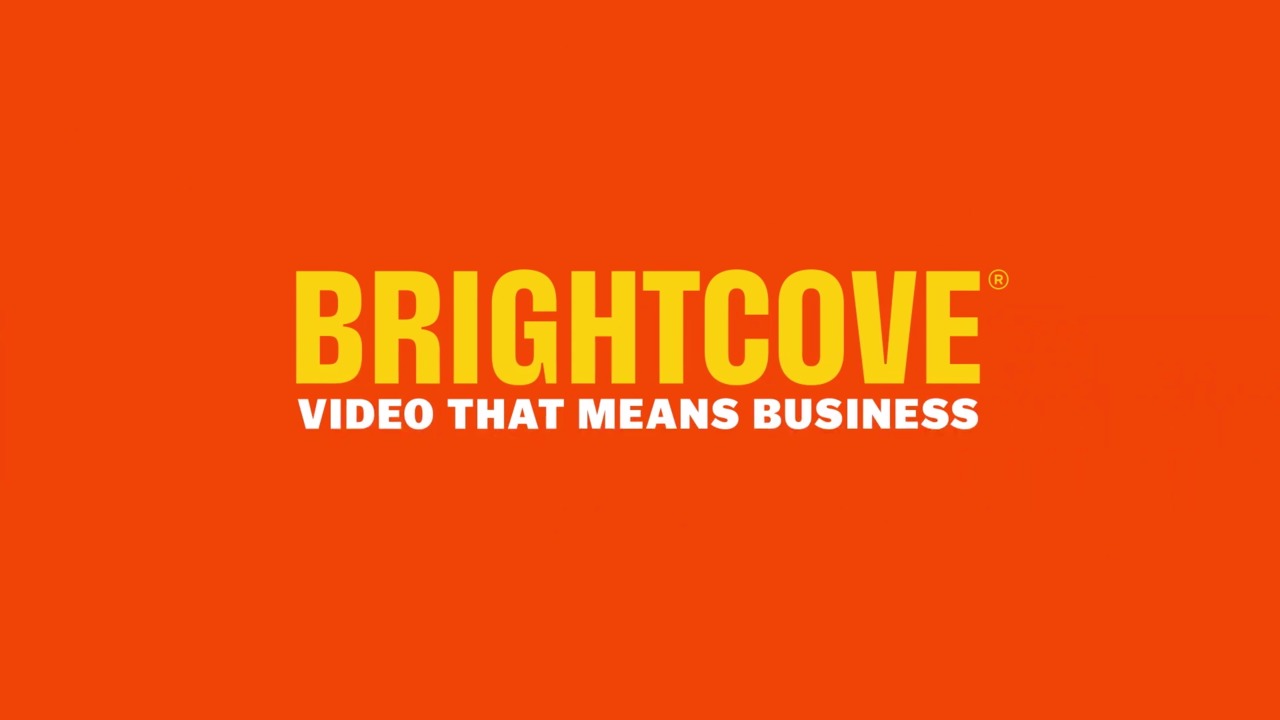At Brightcove we’ve always been committed to leading the online video platform space by introducing innovative new Video Cloud features regularly. This month’s release continues the trend with a number of enhancements that contribute to a better playback experience for end users and help publishers secure content to prevent unauthorized access. We’re also excited to provide a sneak peak of one of our most anticipated features this year: the ability to replace videos while maintaining metadata, settings, and analytics.
Improve Playback Quality in Low-Bandwidth Environments
A lot of data is transferred during online video playback, and viewers with slower Internet speeds can struggle with poor viewing experiences. Streaming video in particular is a challenge. Though it is advantageous for security, playback quality, and other reasons, the technology behind streaming video doesn’t always allow a viewer to pause a video and wait for it to load before resuming playback.
A Video Cloud feature released last week now gives publishers control over buffer lengths for streaming video. Using new player APIs, buffer lengths and capacities can be fine-tuned based on publishers’ content and streaming requirements. Additionally, viewers will see a visual representation of the buffered stream within the player, and can instantly seek in that area without rebuffering.
Increase Video Security to Prevent Unauthorized Download and Distribution
We’ve also added two new features designed to keep content secure. Flash Access Whitelisting prevents videos from being streamed to non-Video Cloud players, ensuring the content plays in its intended environment with all of the publisher’s advertising, analytics, and other Video Cloud features.
Additionally, we’ve created BEML elements that let publishers increase content security without having to use DRM. These elements confirm that the BEML plugin is intact and has not been tampered with, and can even block playback if the required BEML modules fail to load.
Sneak Peek: Replace Videos in the Media Module
Content has a lifecycle. Place a video on a page and in a few weeks’ time it can be far less relevant to your audience than it was at the time of publishing. But often these videos need only small tweaks or minor additions to for it to be made up-to-date and engaging for your viewers.
Uploading a brand new asset to a video content management system can be a headache – the video needs new metadata, must be added again to playlists and video players, and the lack of continuity in analytics make it difficult to track how an asset does over time as it evolves.
Scheduled for release within the next few weeks, a new Video Cloud feature that lets publishers replace video assets in the Studio promises to relieve many of these problems. Video Cloud users can now re-transcode assets or upload new content while keeping metadata, publishing and distribution settings, and reporting intact. The process is also invisible to end-users: when a video is replaced or re-transcoded, we will keep the original and serve it to users until the new version is ready, and then seamlessly start serving the new asset to viewers.
These are just a few examples of our recent Video Cloud innovations. Head on over to the product updates page to read up on all of the details surrounding our latest release, and be sure to subscribe to the product updates RSS feed to make sure you’re informed of new features as soon as we release them.

